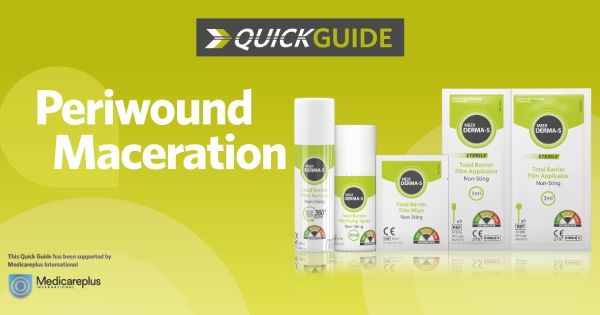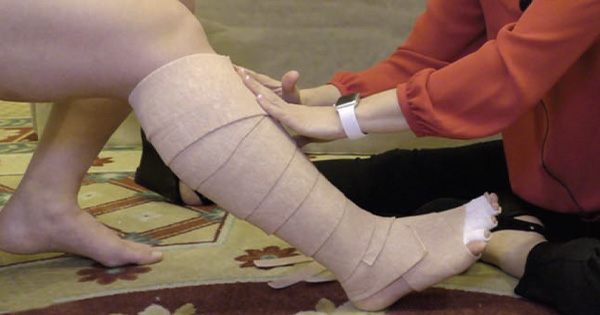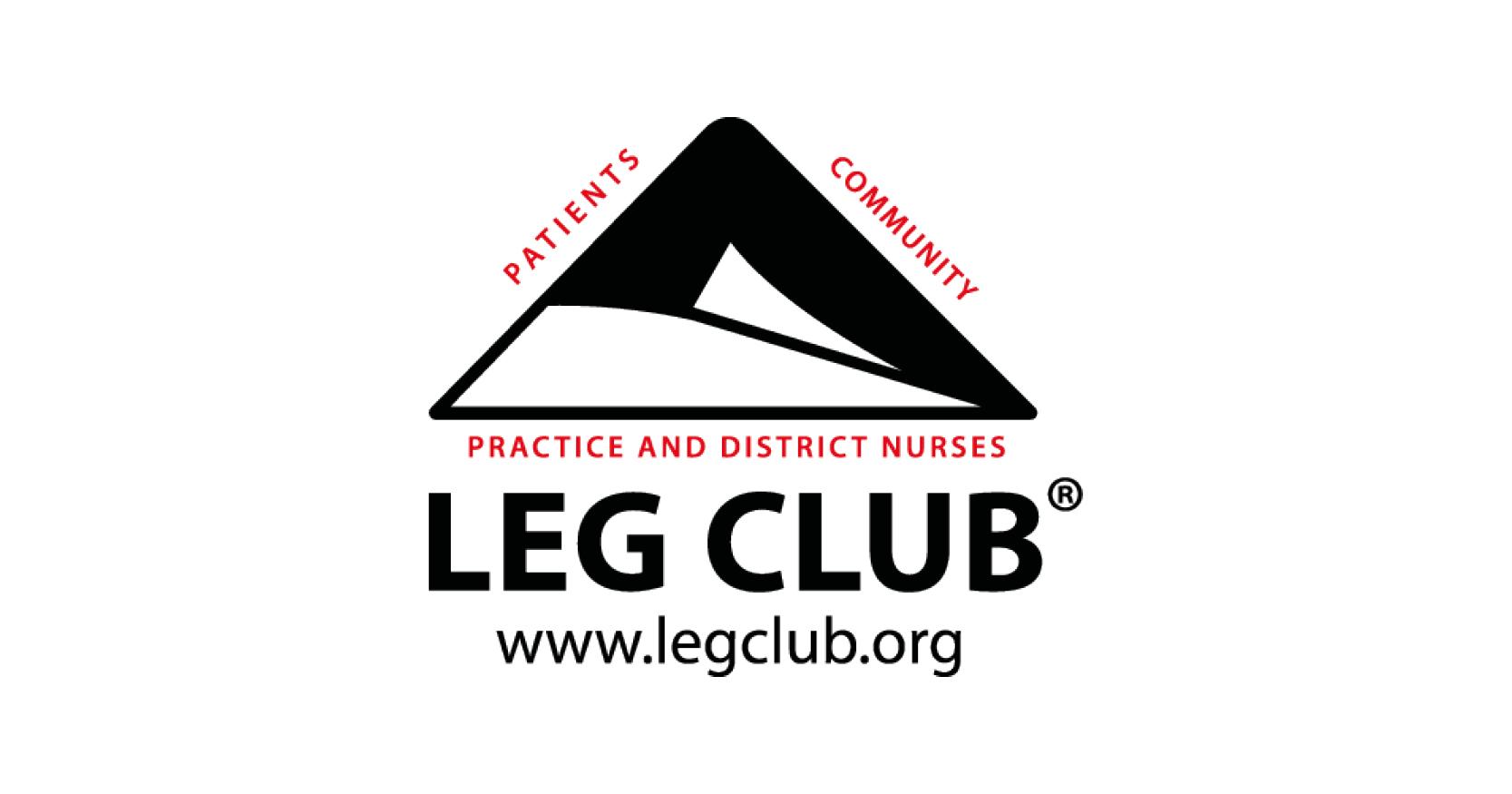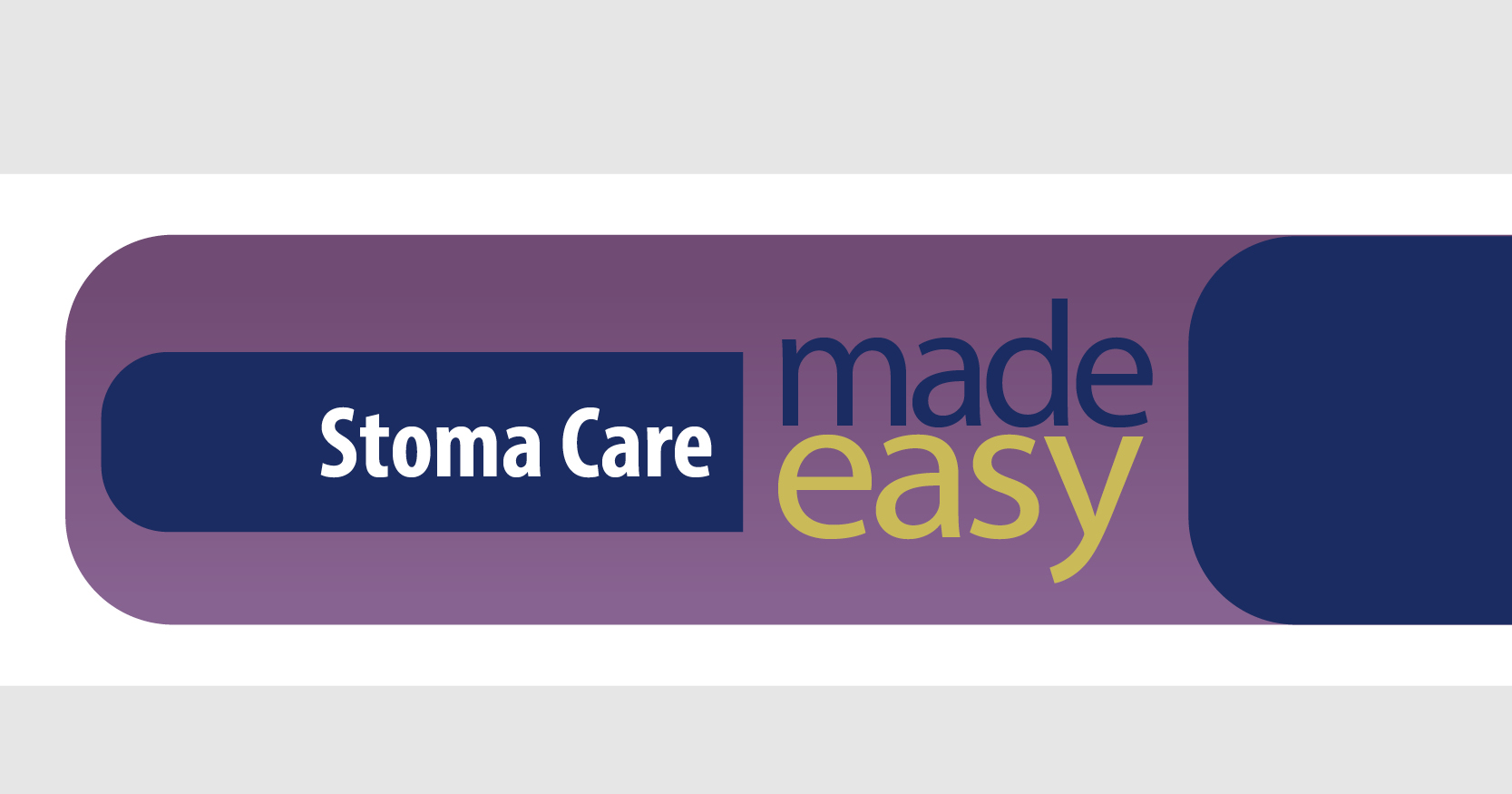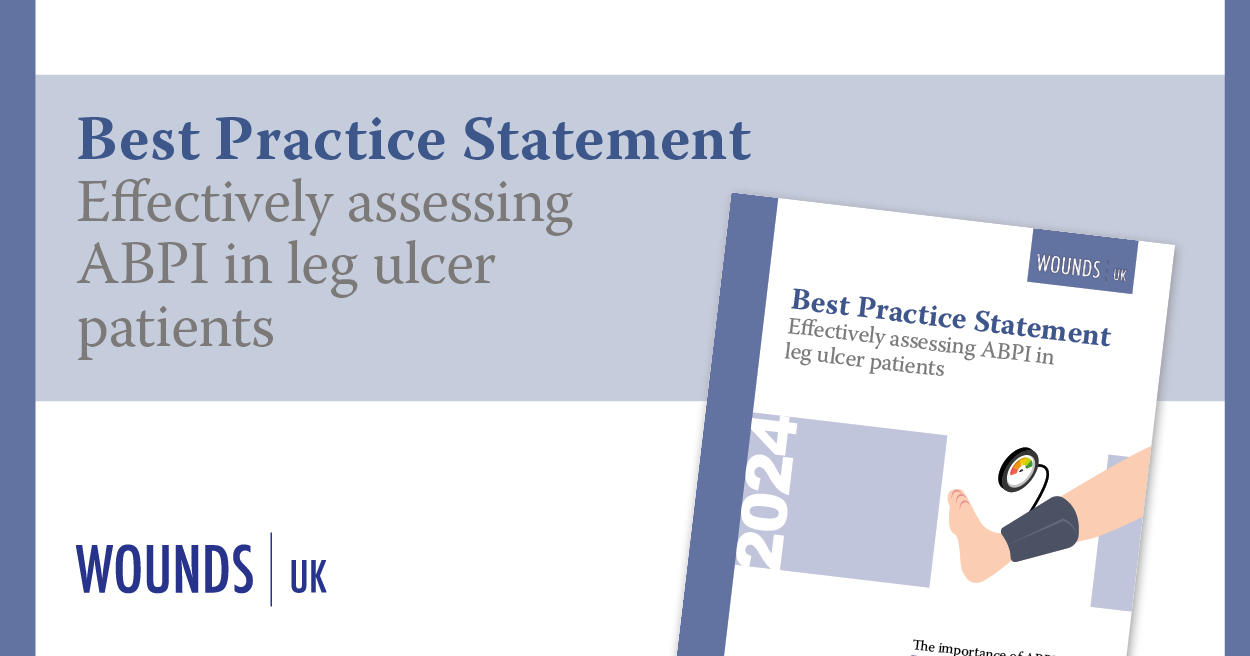This Quick Guide examines the causes of maceration, its impact on wound healing and approaches to prevention and management of periwound skin damage. Maceration is described as “the softening and breakdown of the skin as a result of prolonged exposure to moisture”. Body fluids including urine, faeces, sweat and exudate increase the risk of the skin becoming macerated. The cells become over-hydrated and swell, increasing their susceptibility to trauma.

